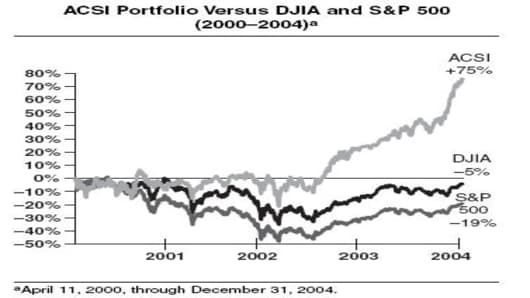On the bottom of the list are cable companies and airlines including Charter Communications , United Airlines , Comcast , Time Warner and Delta . Charter was last in Forrester's rankings as well followed by other cable companies and health insurance providers.
Customer experience guru and head of consultancy Strativity Group (www.strativitygroup.com), Lior Arussy, pointed out to me that the ACSI data is not surprising. The nature of the relationship with products is a single transaction. You buy the Ketchup, know what you are getting and, probably do not have to deal with a call center, billing issues, etc.
"Retailers and service companies have a broader value proposition which spreads across more customer touch points, each an opportunity to excel or destroy relationships. As such companies must focus on all touch points, from the first website visit to the last payment from the customer, they become as good as the weakest link in their experience food chain." says Arussy. Amazingly, only 43% of companies surveyed in Strativity Group's 2008 Global Customer Experience Benchmarking Survey believe they deserve their customers' loyalty.
So how does this play out in the markets? Marketing 101 teaches that a satisfied customer keeps coming back and thereby increases his/her lifetime value. More satisfied customers should translate into greater cash flows and earnings (assuming returns outweigh efforts to lift satisfaction) which in turn should lift share price. A 2006 study in the Journal of Marketing by the American Marketing Association showed that there is indeed a relationship between ACSI and the stock market. They compared major market indices to a portfolio of companies that were in the top ACSI quintile for their respective industry groups over different periods of time. Each year between 2000 and 2004, the ACSI portfolio outperformed the S&P 500 and Dow. Even looking back over a longer period, the ACSI portfolio had higher cumulative returns. I guess the next time you find yourself on hold or actually find a helpful customer service rep, consider whether you are finding a buy or sell opportunity.




